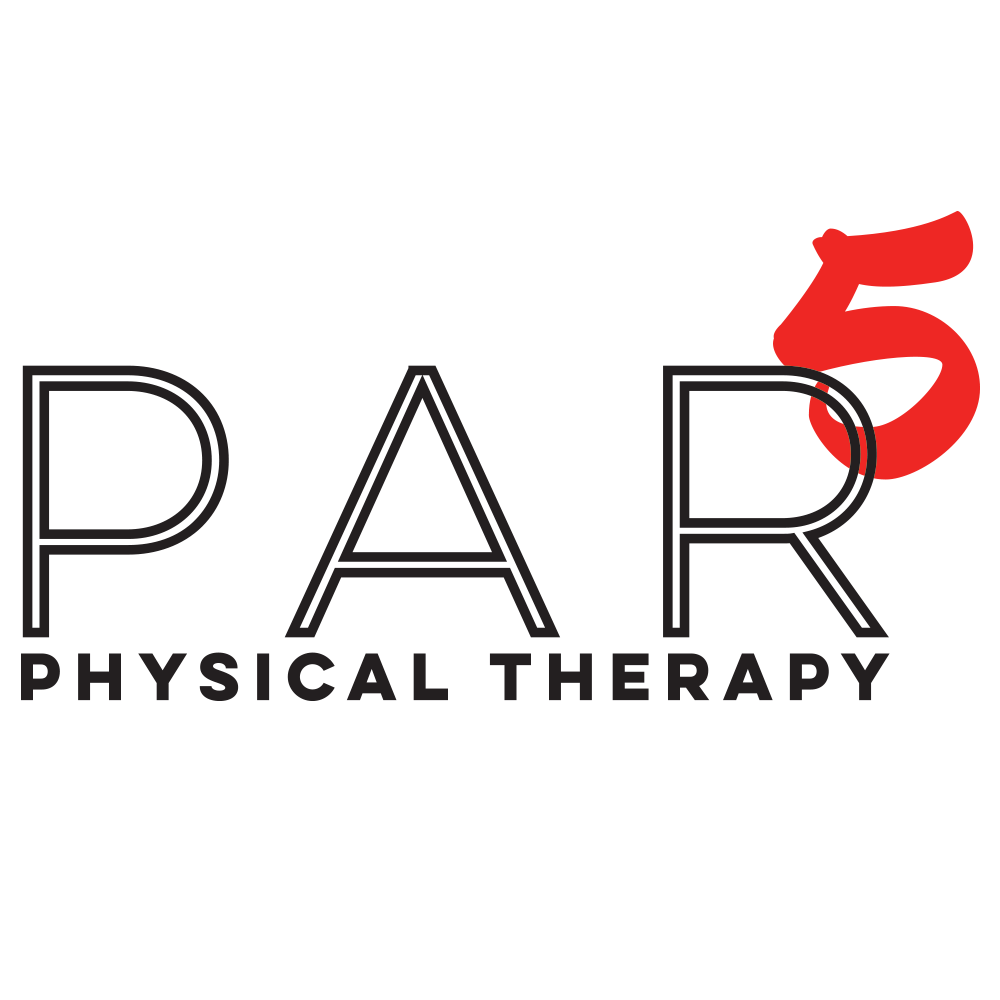Treating hip pain with physical therapy
Treating hip pain can be just as varied as the causes of hip pain. We usually start with a physical exam. The physical exam looks at how the joint is moving, how flexible and mobile the hip joint is, and how strong are the muscles that connect to the hip. The exam also will assess how you move as a whole so we can treat the entire person, not just one joint. We'll look at ankle and knee movement, posture, core stability, and balance/coordination.
Once we get a bigger picture, we can arrive at a diagnosis and discover the root cause of the hip pain. Treatment can include soft tissue mobilization, joint mobilization, stretching, strengthening, posture education, and coordination/balance activities.
At PAR5 Physical Therapy, we employ instruments to assist with soft tissue mobilization (IASTM: Instrument-assisted Soft Tissue Mobilization). We start with our hands, to assess tissue quality, movement, and elasticity, then begin with the IASTM. The instruments make the treatment session more specific and focused, working on muscle tone, fascial movement, and tissue flexibility.
This can be followed up by joint mobilizations. Here, we make sure the hip joint functions well by staying in the middle of the joint axis. Keeping the ball in the middle of the socket while the joint moves is integral for proper body mechanics and pain-free movement. We can perform joint mobilizations with our hands, or with the assistance of straps and other equipment.
Once we can restore normal tissue elasticity and joint mobility, we can move on to making sure you can move pain-free. Posture education and body mechanics training allows you to use your new range of motion and educates the brain and body to work together. Through stretching and targeted strengthening, we rewire the body to work in a different movement pattern to break the old faulty movement pattern habits.
Some people think that physical therapy should hurt ("no pain, no gain"). But the truth is that physical therapy is designed to reduce and abolish pain, not increase it. Speak to your physical therapist if you have questions on what treatment they are using and why they are doing it. The more you know about the "what" and "why", the better you'll feel. Physical therapy shouldn't be torturous.
Finally, a word about the progression of the plan of care.
Generally, physical therapy should first reduce or abolish your pain, restore normal movement and strength, and then finish with building resiliency to prevent the recurrence of symptoms. So physical therapy doesn't end when the pain ends. We want you to be better than when you started, and we want you to be able to say that the hip pain will never come back.
If you have more questions on how physical therapy can treat hip pain, contact PAR5 Physical Therapy.

